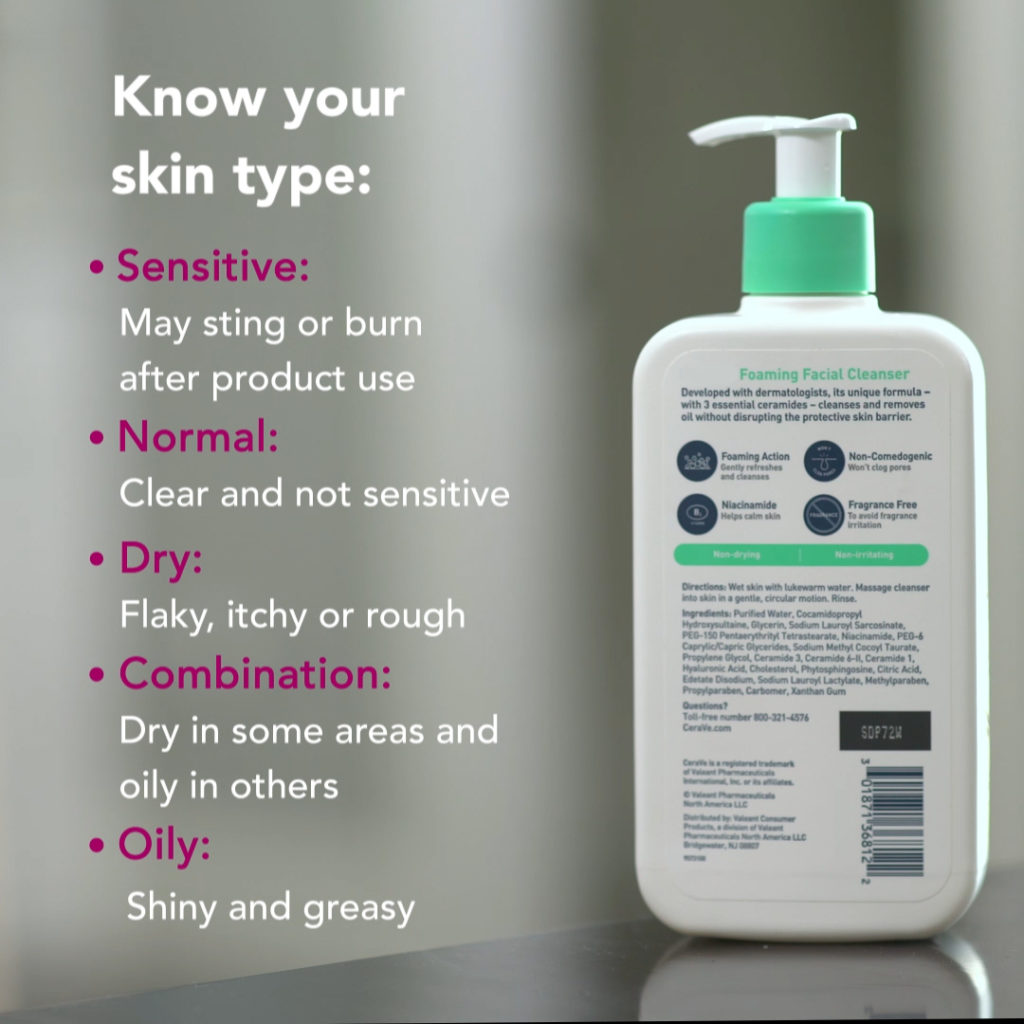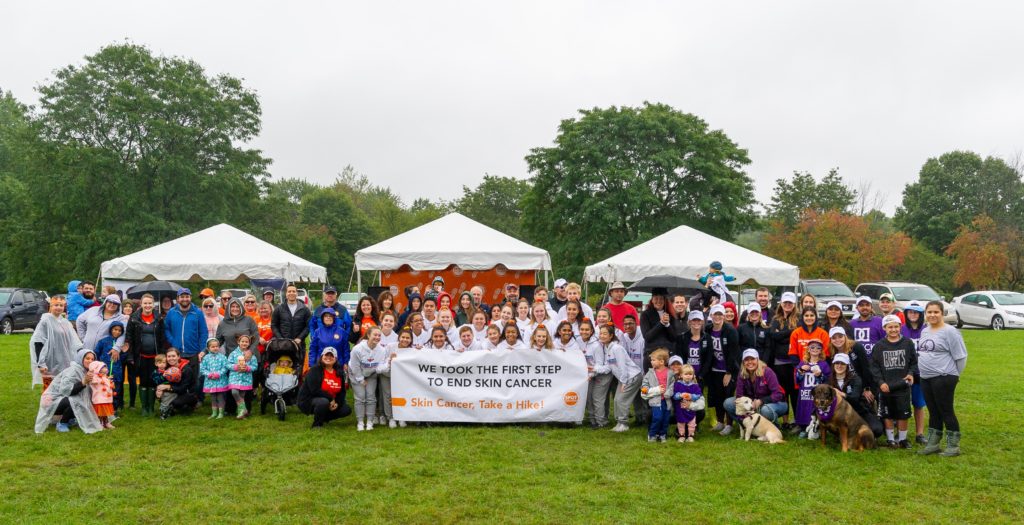As summer approaches and outdoor activities increase, cancer expert William Wooden, M.D., reminds everyone to practice sun safety to protect against skin cancer. Wooden specializes in melanoma research at Indiana University Melvin and Bren Simon Comprehensive Cancer Center and is…
Tag: skin cancer detection
How to Check Your Nails for Melanoma
When checking the body for signs of skin cancer, many people may only think to check their skin. However, board-certified dermatologists from the American Academy of Dermatology say it’s important to check the nails, too. Although rare, skin cancer, including melanoma — the deadliest form of skin cancer — can develop under and around the fingernails and toenails.
TELL “SKIN CANCER, TAKE A HIKE!™” DURING STEPS CHALLENGE FOR SKIN CANCER AWARNESS MONTH
Skin cancer is the most common cancer in the United States, affecting one in five Americans during their lifetime. To help raise awareness of skin cancer prevention and detection, the American Academy of Dermatology will host Skin Cancer, Take a Hike!™, a month-long steps challenge, beginning Sat., May 1 in recognition of Skin Cancer Awareness Month. The participant-driven fundraising event — part of the AAD’s SPOT Skin Cancer™ campaign to create a world without skin cancer — aims to log 9,500 miles across the country in honor of the approximately 9,500 people who are diagnosed with skin cancer every day.
Gene-Based Blood Test for Melanoma Spread Evaluates Treatment Progress
A test that monitors blood levels of DNA fragments released by dying tumor cells may serve as an accurate early indicator of treatment success in people in late stages of one of the most aggressive forms of skin cancer, a new study finds.

NYU Medical Center Board-Certified Dermatologist: How COVID-19 Caused Delays in Skin Cancer Diagnosis
NYU Medical Center Board-Certified Dermatologist: How COVID-19 Caused Delays in Skin Cancer Diagnosis When caught early, skin cancer, including melanoma — the deadliest form of skin cancer — is highly treatable. However, from March to May 2020 during the peak…

SURVEY: 60% OF AMERICANS SAY THEY HAVE GOTTEN SUNBURNED SO BADLY THEIR CLOTHES WERE UNCOMFORTABLE
Memorial Day — long considered the unofficial start of summer in the U.S. — is quickly approaching, and dermatologists from the American Academy of Dermatology are urging Americans to practice safe sun as they head outdoors, especially as shelter-in-place measures related to COVID-19 begin to lift. Skin cancer is the most common cancer in the U.S., affecting one in five Americans in their lifetime, yet new data from the AAD shows that many Americans aren’t protecting themselves from the sun’s harmful ultraviolet (UV) rays.

NEW AMERICAN ACADEMY OF DERMATOLOGY SURVEY FINDS MOST AMERICANS KNOW SUN PROTECTION IS IMPORTANT, YET MANY AREN’T PROTECTING THEMSELVES
As more Americans head outdoors for warmer weather and fresh air amid “shelter-in-place” measures, dermatologists from the American Academy of Dermatology have an important reminder: practice safe sun. Skin cancer is one of the most preventable types of cancer, but new data from the AAD shows that many Americans aren’t taking the necessary steps to protect themselves.

6 SKIN CARE TIPS THAT DERMATOLOGISTS USE THEMSELVES
Board-certified dermatologists are experts when it comes to the skin, hair and nails, diagnosing and treating more than 3,000 diseases and conditions, including skin cancer, acne, psoriasis and eczema. They also help patients address their cosmetic concerns, such as tattoo removal, scarring, and aging skin. But do you ever wonder what skin care tips dermatologists use themselves to maintain healthy skin? In recognition of National Healthy Skin Month in November, dermatologists from the American Academy of Dermatology are sharing six skin care tips they recommend to all of their patients—and actually use themselves.

NEARLY $40,000 RAISED FOR SKIN CANCER PREVENTION AND DETECTION THROUGH “SKIN CANCER, TAKE A HIKE!™”
This fall, a group of skin cancer advocates and their families and friends in both Chicago and Phoenix hiked three miles to say “Skin Cancer, Take a Hike!” Together, they raised nearly $40,000 for SPOT Skin Cancer™ benefiting the American Academy of Dermatology’s skin cancer prevention and detection programs, including free skin cancer screenings, sunscreen dispensers, and permanent shade structures in outdoor spaces where children learn and play.